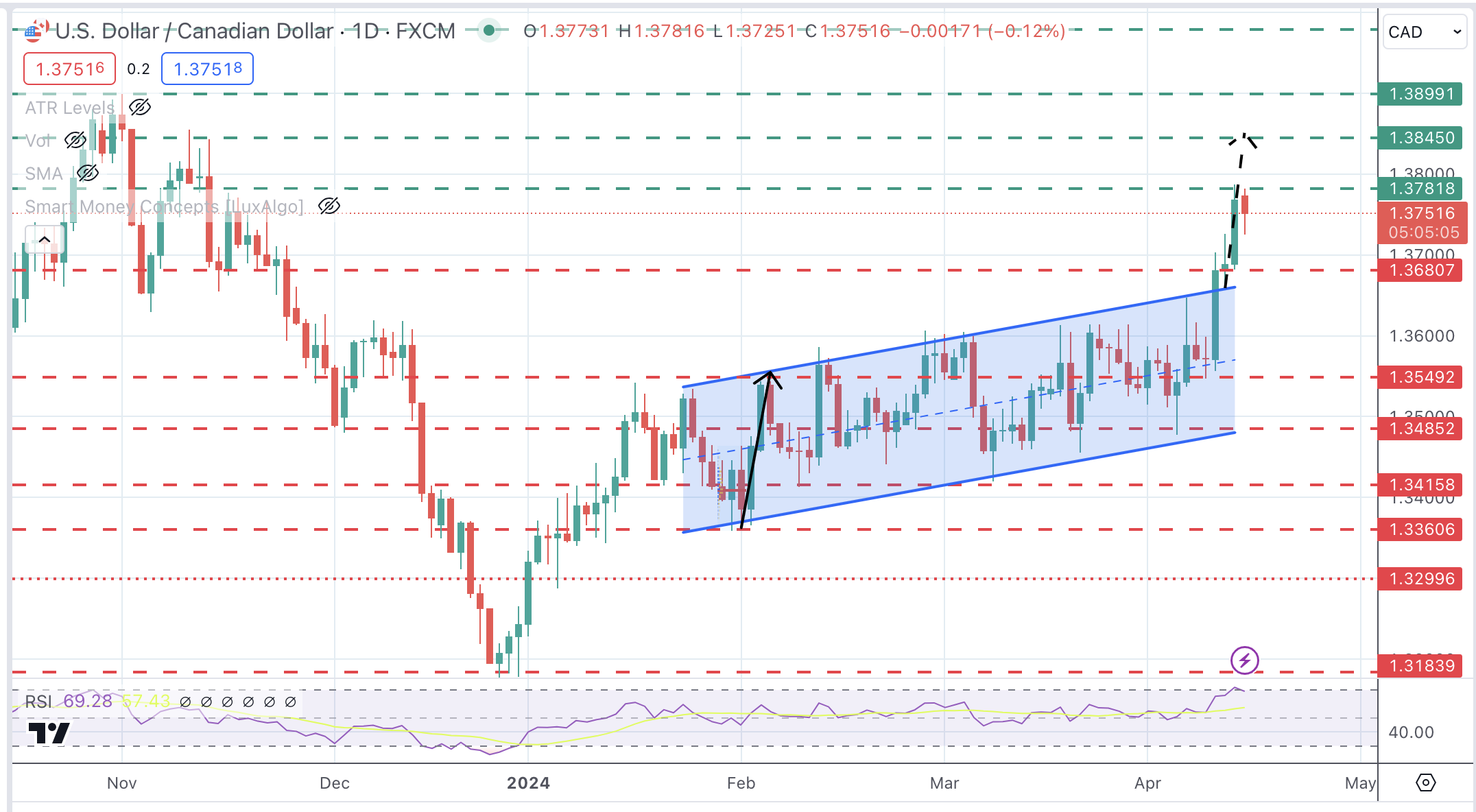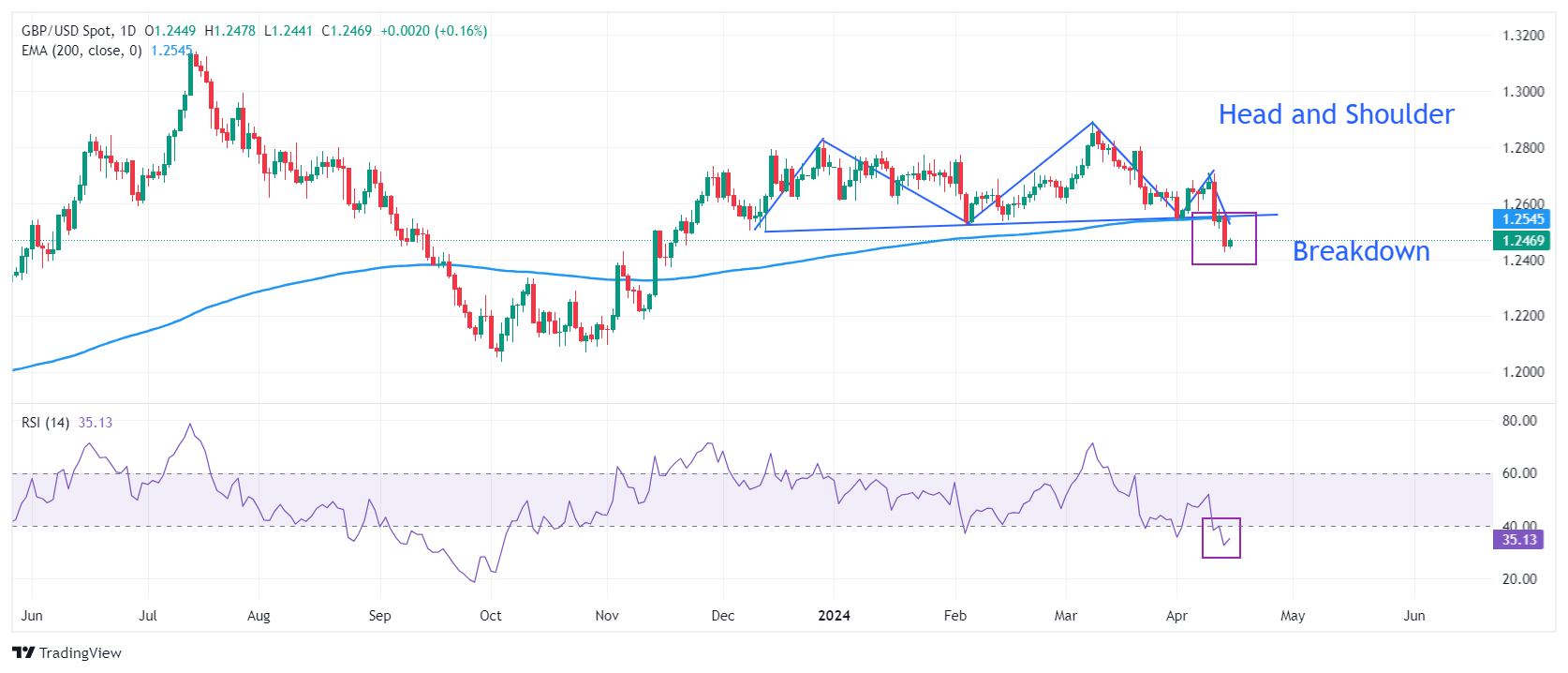Overview: The dollar’s recent losses have left it stretched on a near-term basis after today’s ECB meeting, the focus will shift to the Federal Reserve, next week’s meeting, and the employment report. The greenback is trading with a firmer bias against the G10 currencies, while the emerging market currencies are more mixed. There, several Asian currencies are leading the advance today (South Korea, Taiwan, and the Philippines). Central European currencies are posted 0.6%-0.8% losses as is the Chinese yuan. Benchmark 10-year yields are also firmer by 6-8 bp today, including US Treasuries. Chinese and Japanese stocks were lower, but the other large regional markets, led by South Korea and Taiwan, advanced. Europe’s Stoxx 600 is off 0.4%, as a three-day nearly 3.5% rally stalls. US equity futures are narrowly mixed. Gold is consolidating in a relatively tight range mostly between $1660 and $1670. After a 3% rally yesterday, December WTI is hovering around $88. It settled last week closer to $85. US natgas is little changed for the second consecutive session near $5.60. Europe’s benchmark is up almost 5% after gaining nearly 3.5% in the past two sessions. Iron ore continues to get pounded. It fell 5.5% today, its fourth consecutive decline. It was down around 4.75% for the week coming into today. December copper is paring yesterday’s sharp 4.35% gain, its most in three months. December wheat is firmer. Today’s gains and yesterday’s increase leaves wheat prices little changed on the week.
Asia Pacific
Few observers give BOJ intervention much chance of success. Indeed, it has been cast as part of a trilemma, maintaining open capital markets, setting the price of money (yield curve control) and trying to manage the currency. While recognizing that it was unlikely to be effective, we framed it as a question of buying time. The BOJ, in effect, needed to buy time until the US rate cycle peaked. That said, it is not like the BOJ is simply standing pat. It is continuing to expand its balance sheet. Consider that through today, the BOJ bought JPY3.7 trillion (~$25.5 bln) of government bonds this week. Tomorrow the BOJ’s meeting concludes, and it is not expected to change its stance. Separately, Japan’s government is expected announce a new spending package, whose expected size has crept up to the upper end of the JPY20-30 trillion that has been bandied about. The spending is expected to include subsidies for household electricity (by ~20%) through Jan-Sept 2023, gasoline, and wheat. The subsidies are expected lower CPI, especially in the first part of next year. Reports suggest that the measures will provide more incentives for Japanese companies to boost wages, support tourism, and some financial encouragement to re-shore production.
Yesterday, the Reserve Bank of Australia reported inflation surged in Q3 to 7.3% with the trimmed mean jumping to 6.1%. The market is wrestling with the implications of the report for the November 1 RBA meeting. The swaps market recognizes a small chance for a 50 bp hike instead of another quarter-point move, like it delivered earlier this month. The futures market had only 20 bp discounted at the start of last week and was around 23 bp as of Tuesday. Now, a little more than 27 bp is priced in. We suspect this may understate the risk but are favor a 25 quarter-point move.
The dollar fell to about JPY145.10, a nearly three-week low today, having peaked last Friday a little shy of JPY152.00. It is threatening to post its first three-day decline since July. There are options for almost $715 mln at JPY145 that roll off today. The near-term low may be in place. The dollar moved above JPY146 in the European morning. The JPY146.50 may off the nearby cap. The Australian dollar extended yesterday’s gains a little through $0.6520, its best level since October 6. However, it too has stalled, and is recording session lows in Europe. A break of $0.6450 signals a deeper pullback but 0.6400, where nearly A$500 mln in options are set to expire today, may be a bit too far today. After falling by the most this year (~1.3%) against the Chinese yuan yesterday, the greenback bounced back by almost 0.8% today. The dollar’s reference rate was set at CNY7.1570, while the market (median projection in Bloomberg’s survey) was for CNY7.1629. That gap was the narrowest in a couple of months. Yesterday’s fix was at CNY7.1638. Imagine those state-owned banks that reportedly bought dollars yesterday. Many think it was done at the request of officials, but one key is who absorbs the losses? Or is it the same thing, when the BOJ says it may take drastic action and some banks buy dollars? Are losses socialized?
Europe
The ECB is widely expected to deliver a 75 bp hike today. At the same time, ECB President Lagarde can only offer a dour economic outlook. Her message will likely be a variation on the “a stich in time saves nine” or the “poor tasting medicine is needed to prevent a more serious illness”. She may point to a few favorable developments. Since the ECB met last, the price of the Dutch natural gas one-month forward contact, which serves as a benchmark, has been more than halved. It is still up 50% from a year ago. Also, the euro is enjoying its largest recovery of the year. It bottomed in late September near $0.9535 and traded to $1.0090. yesterday.
There are two other areas that market participants will look for guidance. First, the deposit rate makes it more lucrative for banks to bring the ECB is excess liquidity. The ECB may want to discourage some of this activity, and it can do so be having different thresholds or tiers for the interest earned with the ECB. Second, and partly related, are the TLTROs, the long-term loans that account for about a quarter of the ECB’s balance sheet. With interest rates rising, the ECB may want to make it somewhat less lucrative. Even if it is within its legal rights, re-setting the terms will not set well with many. In addition, the TLTRO maturity schedule needs to be included in discussions about unwinding the balance sheet.
The UK government’s fiscal policy statement has been postponed from October 31 to November 17. The content is unlikely to change. Spending cuts will be featured. The reason for the delay is to get a better assessment from the Office for Budget Responsibility that will use interest rates for five days through today, or possible a little later, according to press reports. A formal decision is expected shortly. Still, the takeaway is that the OBR forecasts will look better now that interest rates have fallen, and sterling strengthened.
Last Friday, the euro recorded a low near $0.9700. Earlier today it reached almost $1.0095. It settled yesterday above the upper Bollinger Band (~$1.0055). After such a sharp run, it ought not to be surprising to see a modest pullback ahead of the ECB meeting. Session lows are being recorded in the European morning, near $1.0030. Parity should offer support and there are 2.35 bln euro in options struck there that expire today. Similar price action is unfolding in sterling today. It made marginal new high near $1.1645 before losing its momentum and pulling back to around $1.1555. The intraday momentum indicators are getting stretched. Nearby support is seen in the $1.1540-50 area. The $1.15 area that had acting as resistance may now be support, with the help of almost GBP600 mln expiring options struck there.
America
The US reports its first estimate of Q3 GDP today. The median forecast in Bloomberg’s survey is for a 2.4% annualized rise after a 0.6% contraction in Q2 and a 1.6% decline in Q2. Trade and inventories were played a big role on the H1 contraction and likely in the Q3 bounce. Even after yesterday’s trade report that show a 5% deterioration on the monthly trade deficit, the Atlanta Fed’s GDP Now tracker was tweaked to 3.1% from 2.9%. If there is a modest beat, the market’s reaction may be short-lived. The idea is that this more or less the reverse the H1 GDP-math “distortions.” It is as if with the noise behind us, the underlying signal will re-emerge and that is a gradual slowdown that will first produce near stagnant conditions. That is the proverbial soft-landing. But the risks still seem to be skewed to the downside. We note that the median forecast in Bloomberg’s survey has growth at 0.6% annualized in Q4 and a 0.1% contraction in Q1 2023.
The Fed’s view (median projection) of this year’s GDP seems unduly weak at 0.2%. The market is at 1.7% and the IMF is at 1.6%. However, next year the role is reversed. The Fed’s 1.2% median forecast is well above the economists surveyed by Bloomberg (median of 0.4%) and a bit above the IMF’s 1.0% projection. The Fed’s 2024 forecasts are for just below trend growth at 1.7%, while the median in Bloomberg’s survey is for 1.4% growth and the IMF is at 1.2%.
The Bank of Canada surprised the market with a 50 bp hike instead of 75 bp. The US dollar jumped from around CAD1.3580 to CAD1.3650. Within an hour, it unwound the gains and traded down to around CAD1.3540. As US equities weakened in the US afternoon, the USD dollar firmed back above CAD1.3580. Clearly signaling that it is not done, Bank of Canada Governor Macklem said the past hikes, 225 bp since the end of H1, are beginning to weigh on growth. In its updated forecasts, the Bank of Canada cut Q3 growth to 1.5% from 2.0% and projects the economy slowing to 0.5% in Q4. Next year’s growth forecast was halved to 0.9%. At the same time, Macklem was clear: there was no meaningful evidence that the underlying price pressures were easing. Still, this year’s inflation forecast was trimmed to 6.9% from 7.2% and next year’s was reduced to 4.1% from 4.6%. This would seem to confirm that the Bank of Canada will stop tightening monetary policy with CPI twice the target. This does not mean that Canada will change its inflation target. Instead, it is a recognition that monetary policy takes place with a lag. The Bank’s forecast is for 2.2% CPI in 2024.
After the initial sell-off after the smaller-than-expected Bank of Canada hike yesterday the Canadian dollar settled at its best level since October 4 near CAD1.3555. Today, the US dollar is trading inside yesterday’s range with a firmer bias. Yesterday’s high around CAD1.3650 may be tested. Тhe key, we suspect, is the US equity market. Still, the intraday momentum indicators are getting stretched, and this may encourage a cautious tone in early North American turnover. Meanwhile, the greenback tested the lower end of the two-and-a-half-month range against the Mexican peso yesterday around MXN19.80. It recovered yesterday and extended the gains today to almost MN20.04. Today, Mexico reports September employment and trade figures. The peso does not often appear sensitive to these reports, but we note that it may be the second consecutive month that the trade shortfall shrinks. Still, intraday momentum indicators favor further upside for the US dollar in early North American turnover. Meanwhile, the dollar jumped to BRL5.38 yesterday and that was before the central bank left rates on hold for the second consecutive meeting. The market is nervous ahead of this weekend run-off. This is a new US dollar high for the month and last month’s high was slightly below BRL5.43.
Full story here Are you the author? Previous post See more for Next postTags: #USD,Bank of Japan,Brazil,Currency Movement,ECB,Featured,Mexico,newsletter,RBA,U.K.,US

























